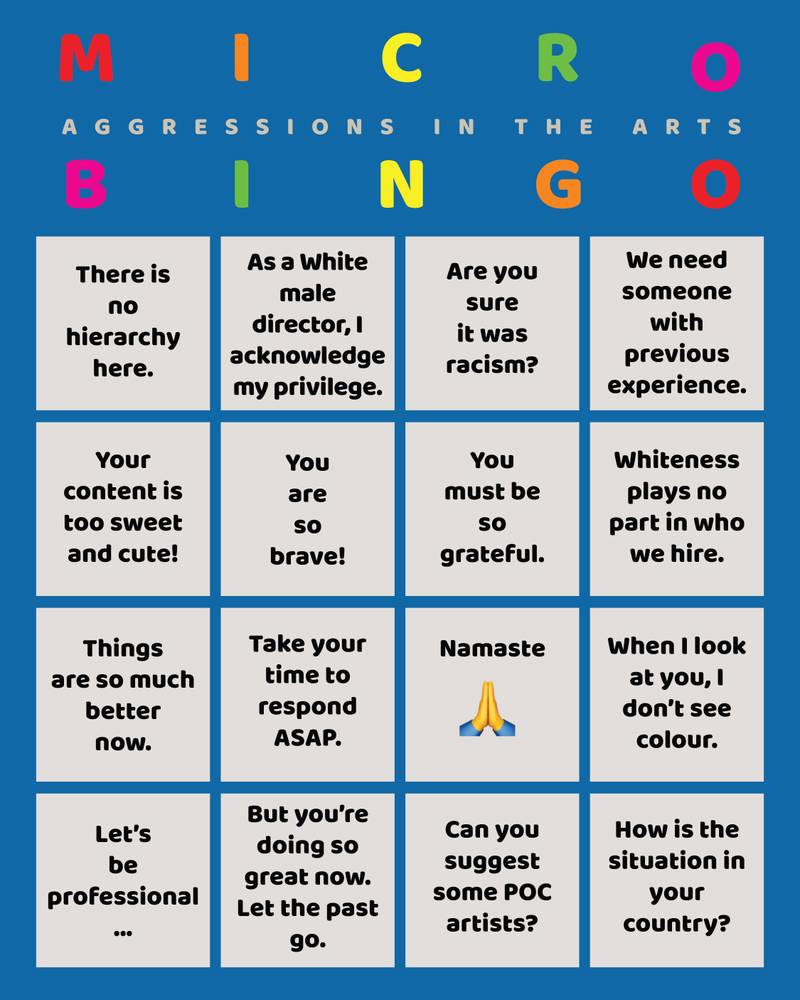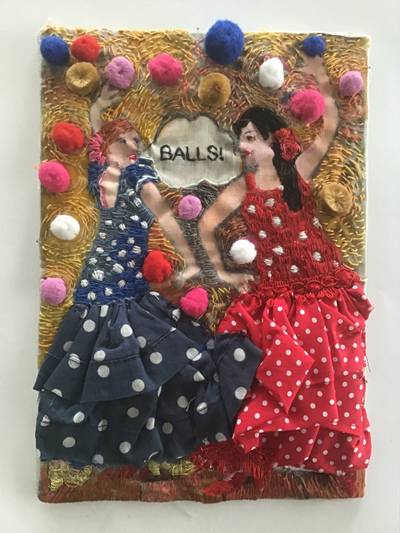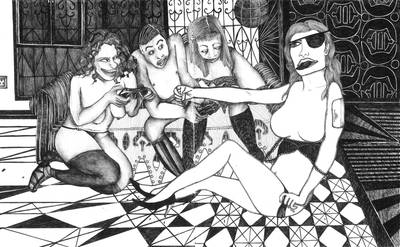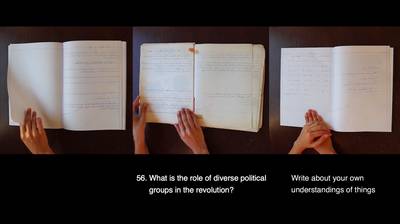

Illustration: Vidha Saumya
Vidha Saumya (b. 1984, Patna) is a Helsinki-based artist-poet. She is the co-founder and co-editor of NO NIIN – an online monthly magazine in Finland, and a founding member of the Museum of Impossible Forms – an award-winning cultural para-institution in Kontula, Finland.
Dreadfully Sweet, Frightfully Cute
If art has the bandwidth to hold our rejections, emotions, identities, anxiety and insecurities, what kind of an art scene does that make for those who manage the double shift of the immigrant and the professional? If holding all this personal stuff makes it atrociously messy, dreadfully sweet, frightfully cute, difficult to go through, then, could the same qualities offer visualisation of voices that are full of ‘complex inner lives, fascinating opinions, and unpredictable charm’1?
Soon after NO NIIN’s second issue, Elham and I were reviewing possible editorial topics in forthcoming issues, thinking aloud, how can there be something meaningful to say every month? Taking a cue from her editorial text in the second issue, I said “sit back and watch me”2. Easier said than done because through the several iterations of the editorial, no sustainable thought seems malleable for a wholesome text. The mind is a smorgasbord of my here and now, like the Screenshots folder in my phone – an irreverent mixture of the international and the Indian.
The Screenshots folder is a grid of images: resources, images of cremations sites, motivational quotes, memes, photos, image parodies, catastrophes, conversations, remedies, unsolicited grant calls, webinar invitations, jokes, political satires, self-love checklists, steps of rectification process, photos of my partner’s grandmother who passed away last month. A mindful minimalist’s nightmare but the Screenshots folder reveals my current state of mind which is at home in different life-worlds and simultaneously always at the intersection of different cultural-ideological-sensory homelands as if in a permanent, lifelong exile vis-a-vis my immediate surroundings. It is a neuronic archive of small thoughts and even without citing it informs me and lends me support through its own agency. Can this collection be valid research material? Can these Screenshots and I share collective authorship?
Collective authorship offers the chance to pillion on a bike – adventuring, feeling a sense of freedom, an utmost trust in the rider – getting to know the speed-breakers and potholes without having to see them. Depending on your relationship with the rider you either hold them tightly or you place a half grip on their shoulders. Sometimes you do neither – you just sit, sideways or across – and leisure away to the rider’s lead.
In the past months of founding and running the administrative and the creative aspects of NO NIIN’s publishing space, Elham and I are revising and updating methodologies that would capacitate us to put forward our deepest anxieties and confront our fears. The challenging tasks for us as editors are to make decisions that match the confidence, transparency, and kindness of our contributors whilst negotiating our own agency as publishers. In the past months, we have developed contracts, budgets, the system for the dispute process, a running Open Call and Causes of Sleepless Nights to help us safely ride.
None of my previous jobs provided room for the “personal stuff” – to be impersonal and professional was to be non-confrontational, apolitical and never to bring myself forward. Professionalism like sexism is a toxic internalization of an isolating and unfair work environment that we encounter regularly. A regular exchange between Elham and I is, “Ohh have you read this? Have you seen this? Do you know this?” There is an added excitement to what we want to show or be shown – from Shah Rukh Khan’s dimpled montages to potential responses, from rehearsing to Majimbo’s videos to taking each other books and suggesting journal subscriptions, snippets from our low fi reading lists often enter our work zone.
In an art-publishing scene shaped to conform only to a certain type of intellectual exclusiveness, it is possible to get stunned if not impressed by a sense of freedom in finding critical coherence that NO NIIN brings forward. Through methodologies that are idiosyncratic, sometimes whimsical, often deliberate, at times willful and even brazen, we are creating a space where we are seen and are sharing this possibility with others.
Microaggressions, whether deliberate or unintentional, like raw onions, release a sulfur molecule that is tiny and light enough to launch itself from damaged tissue, travel through the air, and strike our eyes and nasal passages. Ottolenghi explains that ‘a raw onion sitting on your counter is your ultimate weapon in deception. A raw onion will only ever look, smell and taste like raw onion. Quickly chop it up, though, put it into a hot pan with some oil, let it take on some colour and it becomes something else entirely. It’s no longer just an onion: it’s the savoury, sweet promise of a delicious meal just around the corner.’3 Although far from the expertise of Ottolenghi, I too use food analogies to prove my point – a case of light theorising without the need for heavy obscurity. In the post-foundational model of engagement, there must be space to de-naturalize daily hegemony and challenge the absurdity of those rigours that resent the sweet and cute.







